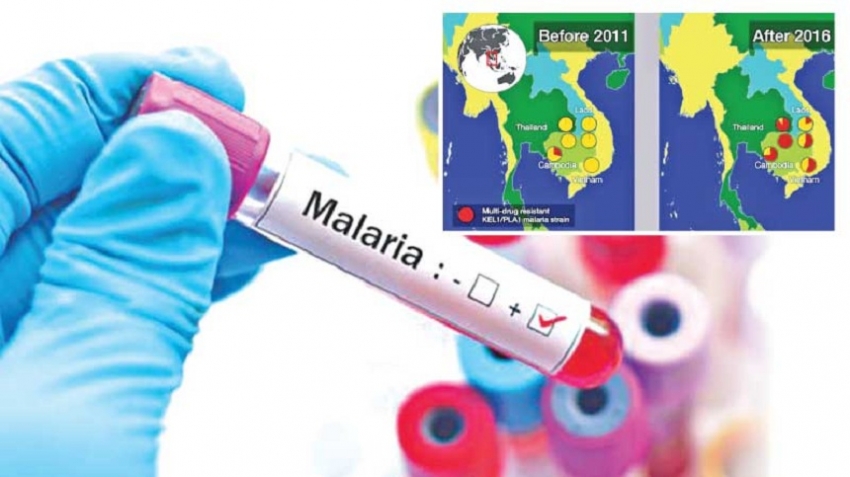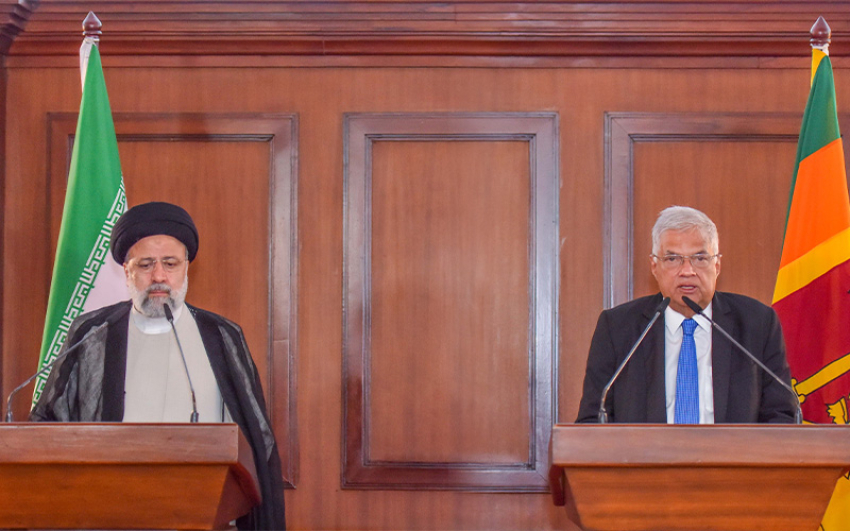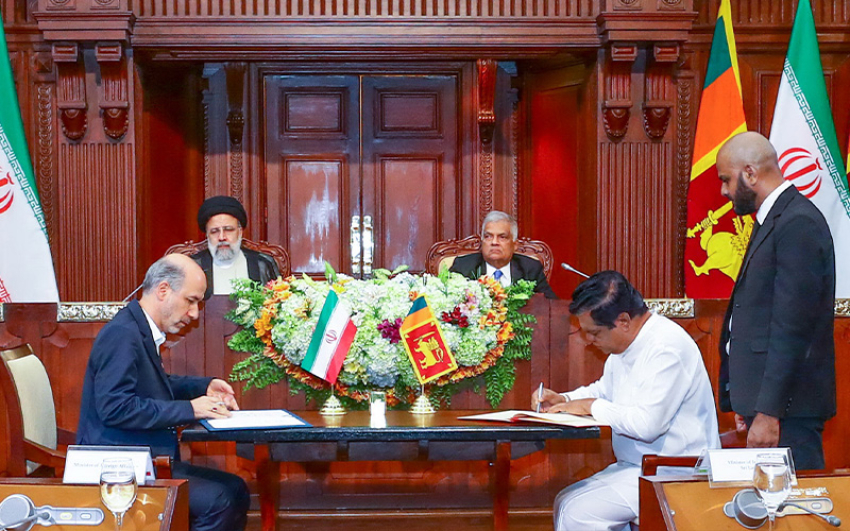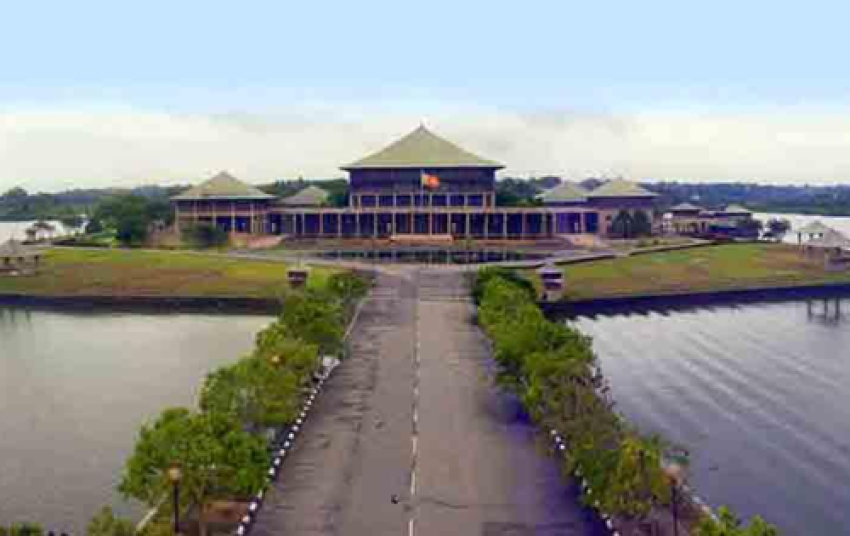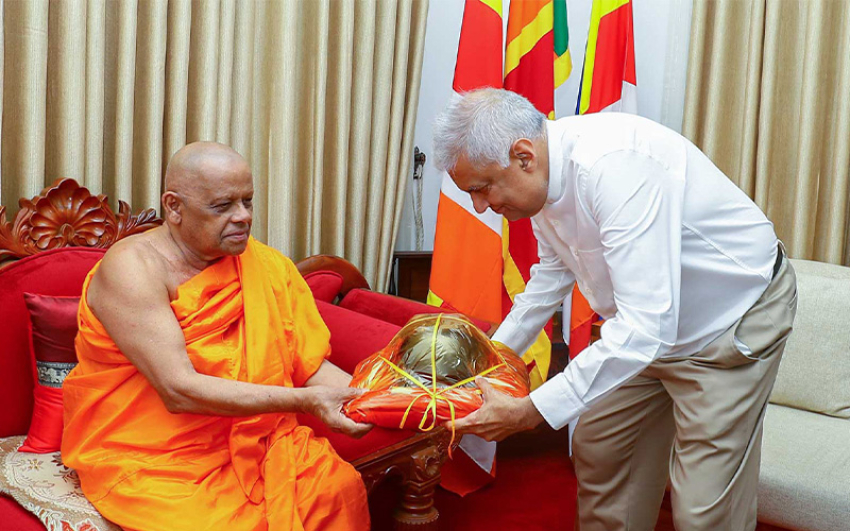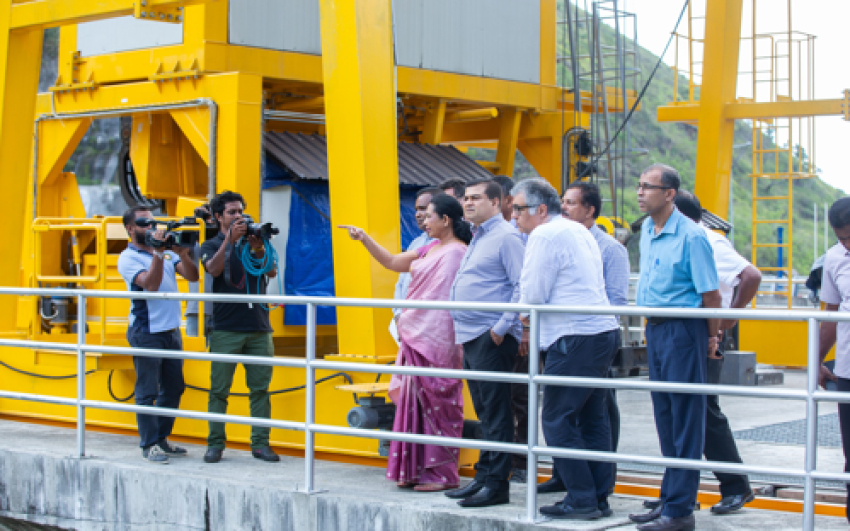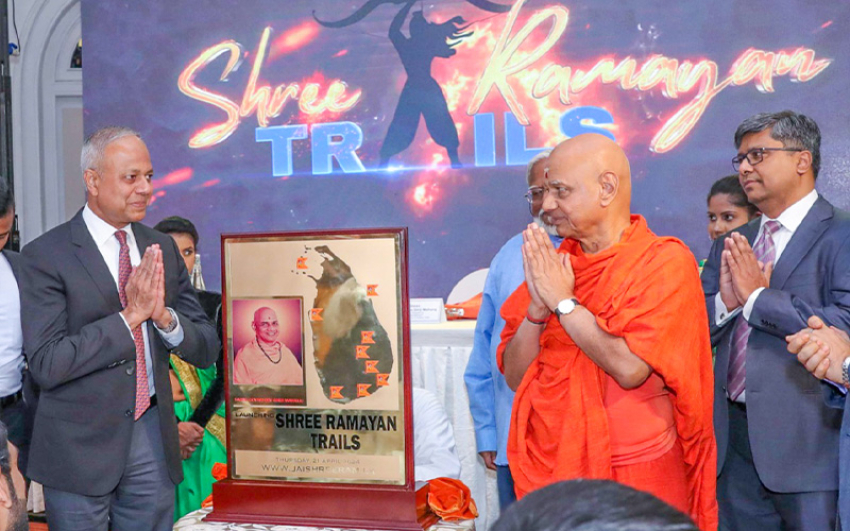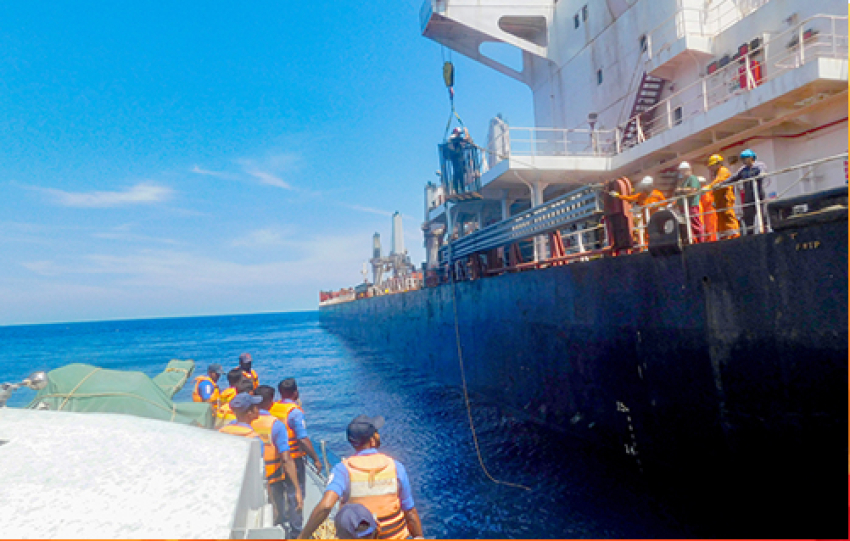The drug-resistant malaria parasites will not affect Sri Lanka and the possibility of the disease entering the country naturally is very unlikely, Anti Malaria Campaign Director Dr. Hemantha Herath said.According to Dr. Herath, Sri Lanka eliminated malaria in 2016 and the World Health Organization certified Sri Lanka as a malaria-free country. But Sri Lanka maintains a very strong surveillance system and is one of the best when compared with other countries. Therefore, malaria is very unlikely to escape detection by the system. “Actually, our surveillance is more than the required standard and strength. We are overdoing it,” he said.
Dr. Herath said there is no reason to panic because second-line drugs can be used to treat drug-resistant malaria. Patients can be cured and spread of the disease arrested in the country. Therefore, there is no risk of death from malaria or of the disease spreading in the country. The Anti Malaria Campaign has all required technologies and facilities to detect any type of malaria. On rare occasions, the assistance of Singapore is obtained to diagnose special cases.
Sri Lanka is constantly at risk of malaria entering the country due to the large number of people travelling to and from countries where the disease is prevalent, due to the presence of foreign workers who work on various projects in the country, and due to the presence of mosquitoes responsible for the spread of the disease in all parts of the country. But the strong surveillance system which is of international standards does not allow any case of malaria to go undetected, he said.
Describing the current situation with regard to drug-resistant malaria found in certain countries like Thailand, Cambodia, Laos and Vietnam, he said those countries have land boarders, while Sri Lanka is an island. Rarely do malaria-affected persons come to Sri Lanka from East Asian countries. This is not something new. The issue has been in existence for around 10 years. Therefore, Sri Lanka is equipped with all relevant drugs and equipment.
“If conventional drugs fail, second-line drugs are administered to the patient and there is no way local mosquitoes could pick up the disease. We detect patients very successfully, treat them and follow up on the cases. Annually, we screen nearly one million Sri Lankans for malaria. We have already identified high-risk groups and have a proper system to monitor them. We monitor foreign workers in Sri Lanka who visit their countries of origin where malaria is prevalent, for vacations or short visits, he said.
“In order to maintain our malaria and filariasis-free status and to prevent their reintroduction via inbound migrants, we hope to introduce an inbound health assessment scheme shortly. To address TB, HIV, dengue, malaria and filariasis, we shall soon adopt an inclusive approach to assess and treat long-term resident migrants, we do not want to leave any one behind,” Health, Nutrition and Indigenous Medicine Minister Dr. Rajitha Senaratne said.
Minister Senaratne said the last case of malaria-related death was reported in Sri Lanka in 2008. The National Strategic Plan was developed with the aim of becoming malaria-free within a time-bound framework to reach zero local transmission by 2014. Since Sri Lanka was declared malaria-free on September 5, the country has now emerged as an example of what is needed to eliminate malaria and what the opportunities and challenges of malaria-free status are.
Several key factors among many other factors such as the government commitment, dedication of health workers, and technical and professional approach combined with the extremely effective surveillance system paved the way of our reaching the objectives two years ahead of the target year with the last case of locally transmitted malaria reported in 2012, the Minister said.Sri Lanka was able to save Rs. 650 million from 2008 to 2014 by eliminating malaria. In 1935, malaria became an epidemic in Sri Lanka which killed 82,000 people. In 1999, about 600,000 Sri Lankans were affected by malaria, the Minister added.
Each year around 50 cases of malaria are reported from various parts of the country involving travellers who visit malaria-prone countries. If these cases of imported malaria are not detected early and treated promptly, there is an enormous risk of an epidemic occurring in Sri Lanka. There were 41 and 57 cases of malaria involving those who visited malaria-prone countries in 2016 and 2017 respectively.
Sri Lankans travelling to India, Madagascar, Mozambique and military personnel returning from UN peace-keeping missions in the African region and returnees from South India resettling in the North and East are at high risk of being infected with malaria and of the disease spreading in Sri Lanka. Foreigners arriving from malaria-endemic countries and workers from malaria-endemic countries including the refugees from Pakistan, Afghanistan and Myanmar are also at risk of spreading malaria in Sri Lanka.
“

